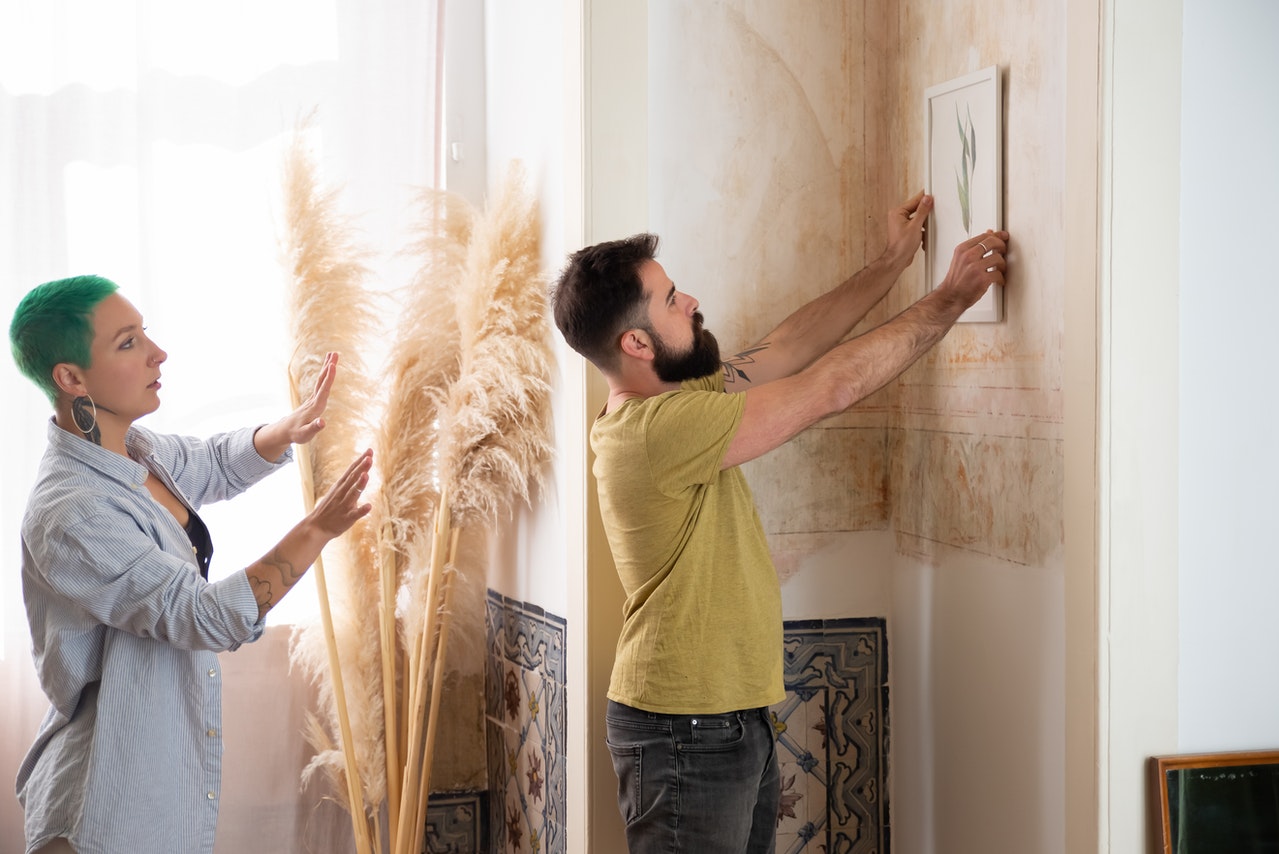Sustainability Meets Home Design
Let’s create unique interiors that reflect your values
by simply blending eco-friendly practices with cutting-edge sustainable design
Let’s create unique interiors that reflect your values
by simply blending eco-friendly practices with cutting-edge sustainable design
Ready to see your space transformed into the best version of itself?
By blending eco-friendly practices with modern sustainable design concepts, we aim to create interiors that resonate with your values and inspire a sense of harmony.
It’s all about you and your style – let’s make spaces that really fit who you are!
Work smarter, not harder, to revamp your space sustainably and in style! Easy peasy
Green living made easy with quick tips and short step•by•step guides for fast success!
Curated selection of eco•friendly picks for your stylish, sustainable space
Light up stylishly with eco-friendly, mood-boosting lighting solutions!
Turn your lights off when you’re not using them or when you leave a room. This will save you around £25 a year on your annual energy bills.
Energy Saving Trust, UKSwapping traditional bulbs for LEDs saves electricity and cuts emissions, a key behavior for energy efficiency.
M. Dai et al., Int J Environ Res Public HealthResearch shows using curtains or blinds can reduce heating and cooling needs, aiding energy savings.
Annet Tugaine, in Environmental Science, EconomicsIndoor plants improve air quality and regulate humidity, reducing the need for energy-consuming devices like humidifiers or air purifiers.
H. Bui et al., in AtmospherePositioning furniture to maximize natural light cuts down on artificial lighting use, boosting energy efficiency.
M. Dai et al.' Int J Environ Res Public HealthABOUT US
Welcome to Our Seriously Awesome Sustainable Haven!
Join us in creating a greener future that’s uniquely you. Let’s make sustainability mind-blowing!

| Cookie | Duration | Description |
|---|---|---|
| cookielawinfo-checkbox-analytics | 11 months | This cookie is set by GDPR Cookie Consent plugin. The cookie is used to store the user consent for the cookies in the category "Analytics". |
| cookielawinfo-checkbox-functional | 11 months | The cookie is set by GDPR cookie consent to record the user consent for the cookies in the category "Functional". |
| cookielawinfo-checkbox-necessary | 11 months | This cookie is set by GDPR Cookie Consent plugin. The cookies is used to store the user consent for the cookies in the category "Necessary". |
| cookielawinfo-checkbox-others | 11 months | This cookie is set by GDPR Cookie Consent plugin. The cookie is used to store the user consent for the cookies in the category "Other. |
| cookielawinfo-checkbox-performance | 11 months | This cookie is set by GDPR Cookie Consent plugin. The cookie is used to store the user consent for the cookies in the category "Performance". |
| viewed_cookie_policy | 11 months | The cookie is set by the GDPR Cookie Consent plugin and is used to store whether or not user has consented to the use of cookies. It does not store any personal data. |